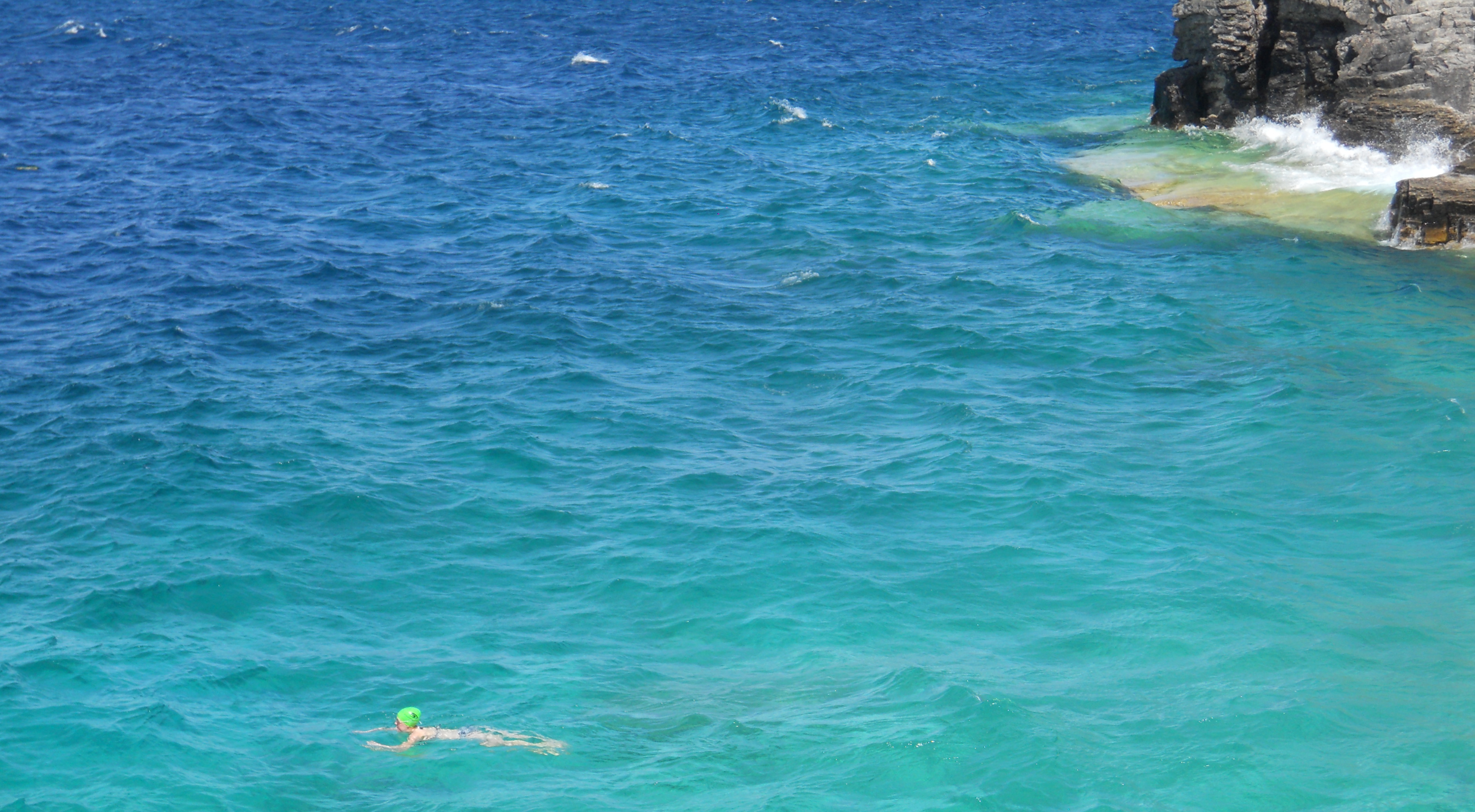2:3— The settler stories of Susanna Moodie
The book Roughing It In The Bush details firsthand the English-born author Susanna Moodie’s experience as an emigrant to Canada in the 1830s. During this time, newcomers to Canada faced incredible hardships, from starvation and sickness on the Atlantic crossing to extreme winter conditions and lack of basic necessities once established on land. Perhaps most striking to Moodie, though, was the difference between the established social structure of England, from where she emigrated, and the looser, less defined, and considerably more individualistic organization present in the Canadian backwoods. Moodie perceives Canada and her role there partly through the lens of her English societal background, but also through the lens of Christianity. In fact, the complexity of her impressions of Canada and new Canadians comes from the contradictions between her religious certainty of purpose and values in settling a “wild land” (Moodie np) and her many observations of those who stray from it. Consider her Introduction to Roughing It for a moment: she contrasts the promises made by the earthly messengers of Canada’s many virtues, “its salubrious climate, its fertile soil, commercial advantages, great water privileges, its proximity to the mother country, and last, not least, its almost total exemption from taxation” (Moodie np) with the harsh reality of settler life that only the “souls and bodies of men… [for whom] wholesome labour from infancy has made strong, the nerves which have become iron by patient endurance, by exposure to weather, coarse fare, and rude shelter” (Moodie np) can really handle. She also emphasizes the need for honesty, care, and genuine piety for successful society-building in the new country. These are the individuals whom, to Moodie, measure up to her moral and physical standards for successful Canadian settlers.
Given that Moodie brings up two main qualifications of a good Canadian almost immediately in the introductory passage of her Canadian story, one might wonder how she feels the original First Nations inhabitants measure up to these standards of strength and piety. Well, the suspense is kept up until much later in the book on this front. Not until Chapter 15 are we introduced to the First Nations friends and trading partners of Moodie and her family. Speaking of the local Mississauga First Nation, Moodie writes
“A dry cedar-swamp, not far from the house, by the lake shore, had been their usual place of encampment for many years. The whole block of land was almost entirely covered with maple trees, and had originally been an Indian sugar-bush. Although the favourite spot had now passed into the hands of strangers, they still frequented the place, to make canoes and baskets, to fish and shoot, and occasionally to follow their old occupation.”
The way Moodie discusses her First Nations neighbours here as well as later in the chapter suggests that she considered them part of the majestic Canadian landscape, rather than an active force in the political and civil discourse of the time. To her, First Nations as a collective are not considered agents in the shaping of Canada, although they do serve as role models for truthful and upright conduct, as when she extolls their respectful use of language, observance of local manners, avoidance of trickery, and care for their elders in various summary paragraphs describing the characteristics of the “genuine” Indian (Moodie np). From an outside perspective, some of her interactions with First Nations people seem to show that they themselves are not completely content to remain part of a landscape viewed by an ever-increasing flow of new emigrants. Their interest in Mr. Moodie’s map of the area borders on feverish, for example, as they utter “strange, uncouth exclamations of surprise” (Moodie np) and recognize its immense power in the hands of the emigrants. The fact it is so valuable to the Moodies themselves that they cannot relinquish it for any price must have only added to its power. Moodie’s First Nations friend John also has an interest in gaining literacy in his native language, although frustrated by “the difficulty he found in understanding the books written in Indian for [First Nations people’s own] use” (Moodie np). The tension between Moodie’s varied, multifaceted lived experiences with First Nations people and her rather conventional and flat summary statements of their attitudes and behaviour is fascinating and underscores the way our internal stories shape our worldview.
Works Cited
Moodie, Susanna. Roughing it in the Bush. Project Gutenburg, 18 January 2004. Web. 14 February 2014.
“Smoke Signal: Mississauga First Nation News”. Mississauga First Nation. Web. 14 February 2014.



